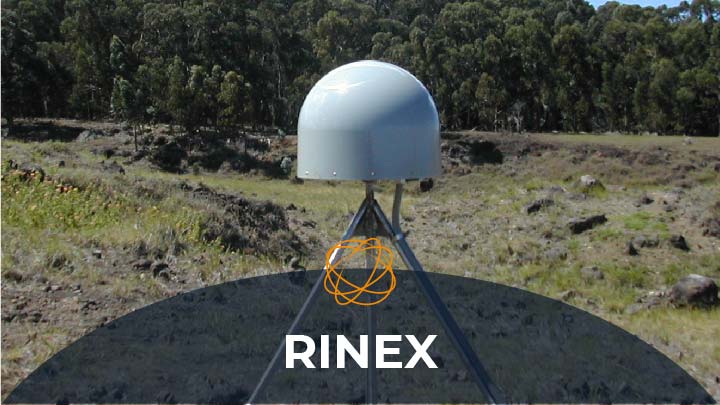The RINEX Working Group of the International GNSS Service (IGS) has released the new Receiver Independent Exchange Format Version 4.00 (RINEX4), as of December 1, 2021.
RINEX is is a data interchange format for raw satellite navigation system data. This allows the user to post-process the received data to produce a more accurate result — usually with other data unknown to the original receiver, such as better models of the atmospheric conditions at time of measurement. RINEX is the standard format that allows the management and disposal of the measures generated by a receiver, as well as their off-line processing by a multitude of applications, whatever the manufacturer of both the receiver and the computer application. (Wikipedia)
The IGS characterizes RINEX Version 4 as a necessary step to support the modern multiGNSS navigation messages by introducing and defining navigation ‘data records’ to hold both individual satellite navigation messages, constellation-wide parameters and global parameters as transmitted by the different GNSS constellations.
RINEX 4.00 is a major revision of the format document to modernize the Navigation message files to be able to accommodate the new navigation messages from all the GNSS constellations, and system data messages such as; ionospheric corrections, earth orientation parameters and system time offsets. The Observation file format remains the same with some added QZSS signals and tracking codes to fully support the upcoming L1 C/B signal. The Meteo file format also remains the same. All RINEX file types also have new optional header lines to support FAIR data usage; Finding, Accessible, Interoperable and Reusable data.
For more information, see the RINEX page on the IGS website. Image above courtesy IGS.






